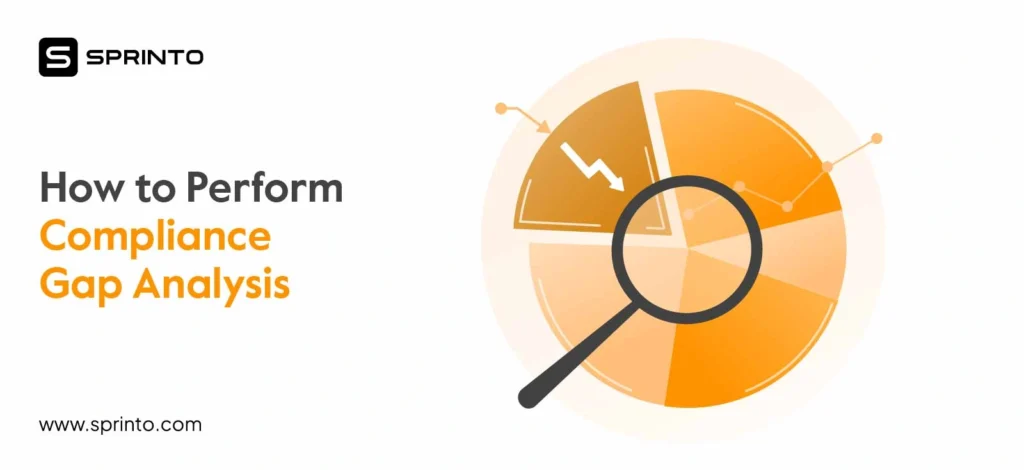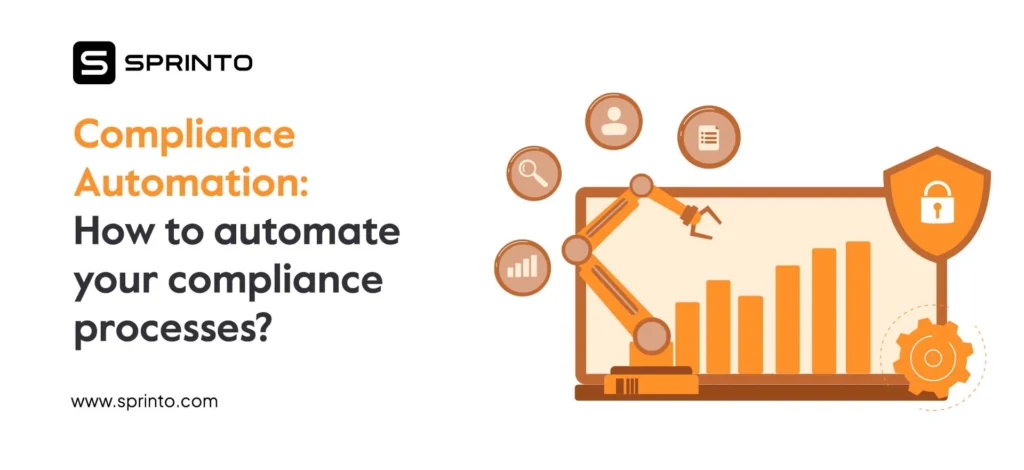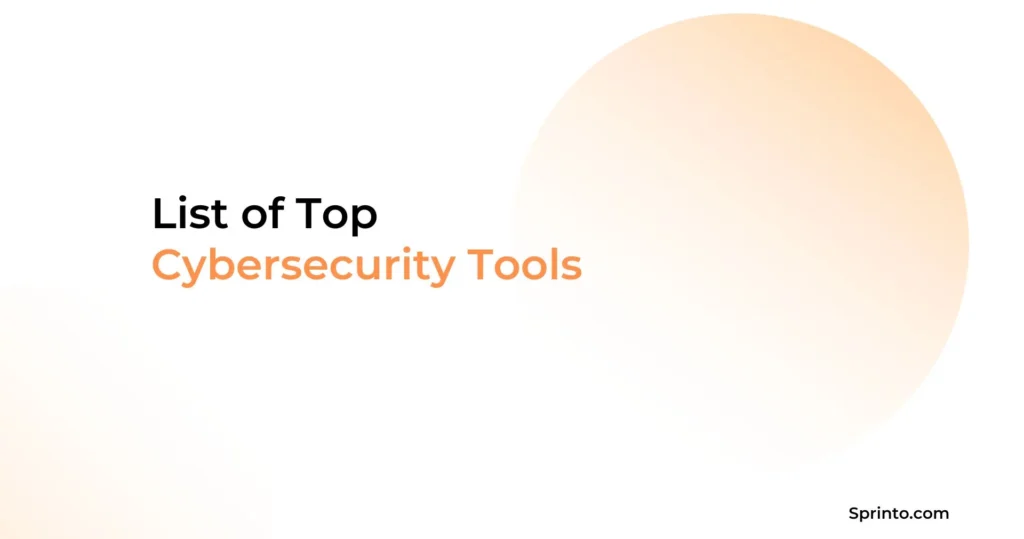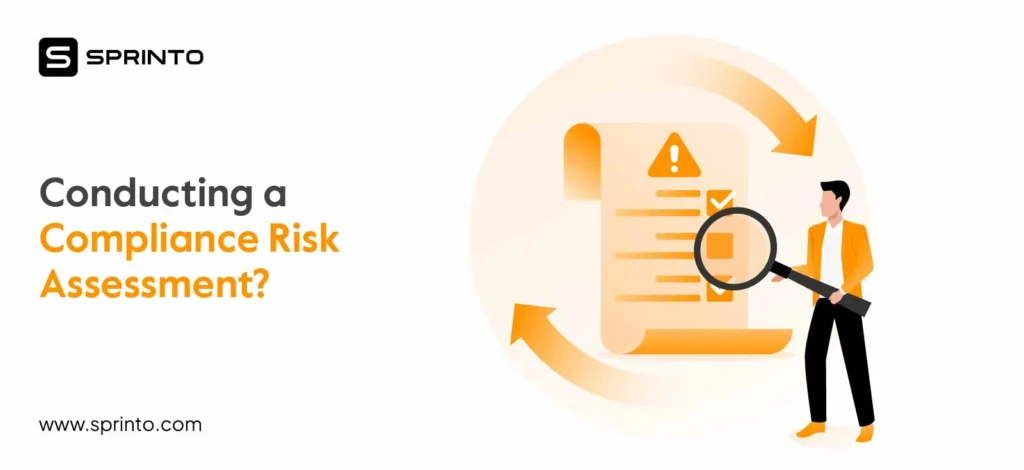Risk documentation might not be the flashiest part of your security program, but it is the backbone that holds everything together. It turns abstract talk of ‘managing risks’ into concrete records of your risks, what you’re doing about them, and whether those efforts are working.
When done right, it empowers informed decision-making and helps organizations avoid nasty surprises. When done poorly, it leaves you scrambling when auditors ask for evidence or when a crisis hits.
- Risk documentation is the practice of recording identified risks, assessments, and controls in a structured way. It creates a central repository of identified risks and assessments, providing tangible evidence that risks are recognized and managed.
- Good risk documentation plays a pivotal role in compliance and governance. It supports regulatory compliance and governance requirements by proving your controls work, facilitates smoother audits, and enables transparency and accountability in risk oversight.
- Risk documentation includes risk registers, risk assessment reports, mitigation plans, and incident logs. Effective documents are accurate, complete, clear, standardized, and accessible.
- Best practices: Maintain a single source of truth (e.g., a centralized risk register), update it regularly to reflect your current risk posture, use standardized templates for clarity and consistency, and assign clear ownership for each risk.
What is risk documentation?
Risk documentation is a record of your risk management processes. It involves systematically recording information about potential risks, the controls or measures to address them, who is responsible for those risks, and any relevant results or evidence. In other words, risk documentation captures identified risks, what’s being done to mitigate or monitor them, and how those efforts are proceeding.
Risk documentation is crucial evidence that your risk management program is not just a plan, but an active, ongoing practice. It’s what auditors and regulators will review to verify that you are adhering to required standards. It’s also what stakeholders rely on to gain assurance that key risks are under control. Without proper documentation, you can’t demonstrate that risks are being managed or prove it later during an audit or review.
What is the role of risk documentation in risk management and compliance?
Risk documentation isn’t just paperwork, it’s a cornerstone of effective risk management and compliance. Here are several key roles it plays:
Foundation for decision-making
Comprehensive risk documentation gives decision-makers a clear picture of the organization’s risk landscape. Having all identified risks, their assessed impact, and current status laid out helps management make informed strategic decisions. For example, a well-maintained risk register highlights which areas pose the greatest threat to your operations or objectives. This information enables you to allocate resources and prioritize projects.
Regulatory compliance and audit readiness
Maintaining risk documentation is mandatory in regulated industries and for standards like SOC 2 or ISO 27001. Many compliance frameworks explicitly require evidence of risk assessment and treatment. These documents form part of the core evidence that you have an active security and risk management program.
For instance, SOC 2 examiners will expect to see documentation of your risk assessment process and how you addressed identified risks. At the same time, ISO 27001 demands a documented risk assessment, risk treatment plan, and Statement of Applicability linking your risks to selected controls.
Ensuring consistency and accountability
Documentation helps enforce accountability. Everyone can see who is responsible for what risk, which fosters a culture of ownership. It also standardizes how risks are evaluated and addressed, making your risk management practices more consistent.
Over time, this consistency means fewer gaps or overlaps in how different teams handle risks. It also lets relevant stakeholders (from team leads up to the board) consult the documentation and clearly understand the organization’s risk posture and responses at any time.
Improved communication and risk awareness
A well-documented risk management program breaks down silos. It communicates to all levels of the organization the top risks and what is being done about them. New team members, for example, can review past incident reports or the risk register to get up to speed on relevant concerns.
Regularly sharing updates from your risk documentation (like a quarterly risk report derived from the register) keeps risk awareness fresh and ensures that no critical risk is only known to one person.
Historical record and continuous improvement
Risk documentation serves as an institutional memory of risks. By keeping an archived trail of risk assessments and incident reports, you have a historical record to learn from. Over time, you can analyze your documentation to see trends, such as certain risks that keep recurring or specific risk mitigation strategies that are particularly effective.
Business value and stakeholder confidence
Adequate risk documentation helps improve stakeholder trust. Clients, partners, or investors may ask how you manage risks. Being able to produce documentation (under appropriate confidentiality) that shows a disciplined approach can boost confidence. It signals that the business is proactive and resilient.
Keeping risk logs and registers up to date shouldn’t slow your team down. Sprinto automates evidence collection, updates your risk register in real time, and keeps every assessment audit-ready—so you can focus on decisions, not paperwork.
See how Sprinto keeps your risk documentation live and compliant.
Types of risk documentation
Risk documentation isn’t a single document or report; it encompasses several types of documents, each serving a different purpose in the risk management process. Depending on your organization’s needs and the frameworks you follow, you might use some or all of the following common types of risk documentation:
1. Risk management plan
This document outlines your organization’s overall approach to risk management. It defines the scope of your risk management efforts, the methodologies you’ll use, and the roles and responsibilities for risk activities.
Key components often include the risk management strategy or philosophy, definitions of risk categories, and how you’ll assess risks (criteria for likelihood and impact), your risk appetite (i.e., the level of risk you’re willing to accept), and procedures for risk identification, analysis, response, and reporting.
2. Risk register
Often considered the heart of risk documentation, a risk register is a centralized record of all identified risks for a project, department, or organization. It is typically a living document that updates continuously as new risks emerge or old ones are retired.
A risk register entry usually describes the risk, its category (e.g., security, operational, compliance risk), its likelihood of occurring, its potential impact if it does occur, the risk score or level (often derived from likelihood and impact), the risk owner (who is responsible for managing it), and the mitigation measures or response plan in place.
It may also include the risk’s current status (e.g., open, monitoring, mitigated) and the residual risk remaining after controls.
3. Risk assessment report
While the risk register captures risks in summary form, sometimes you need a deeper analysis of certain risks or scenarios. A risk assessment report provides a detailed analysis of one specific risk or a group of related risks. It provides completeness by capturing the full thought process and data behind a risk’s evaluation.
While not every risk in the register will have its own lengthy report, high-priority risks or special assessments (like penetration testing results or business continuity risk analysis) often generate these detailed documents.
Key elements include the threat landscape, vulnerability analysis, quantitative modeling or qualitative scoring results, and an evaluation of the risk’s significance to the business. The report should also include recommendations for risk treatment—basically, what to do about it.
4. Risk mitigation plan (or risk treatment plan)
After assessing risks, organizations create mitigation or treatment plans for those that need action. A risk mitigation plan outlines how you will address a particular risk or set of risks. It details the specific actions or controls to be implemented, the timeline for these actions, the resources required (budget, tools, people), and who will be responsible for each step. Essentially, it’s a project plan for reducing risk.
These plans should tie back to the risk register (often, the register will have a reference or summary of the mitigation plan).
5. Incident reports
Incident reports capture the details of risks that have materialized as incidents, essentially telling the story of what went wrong and what was done about it. A good incident report includes a description of the incident, a root cause analysis (to identify why it happened), an assessment of the impact (e.g., financial loss, downtime, data compromised, regulatory notification made), and the actions taken in response to contain and remediate the incident.
It also documents lessons learned and recommendations to prevent similar incidents in the future. These reports then feed back into your risk management process, and over time, a library of incident reports can highlight trends and systematically improve your risk posture.
Key components of effective risk documentation
The best risk documentation becomes a living tool that actively manages risk. It should incorporate several key components and characteristics to ensure your risk documentation is adequate.
- Complete and accurate: Capture all material risks with current facts; avoid stale entries
- Clear and readable: Plain language, short fields; avoid jargon
- Standardized & consistent: Common templates, scales, and terms across teams
- Traceable & auditable: Version history, timestamps, and links to evidence; show the path from identification to assessment to treatment and monitoring
- Updated regularly: Treat docs as living records that reflect the current risk posture
- Linked to action: Map each risk to owners, controls, and mitigation or acceptance decisions
- Accessible & secure: Single source of truth with role-based access; easy to find, hard to misuse
- Owned: Named document/risk owners accountable for accuracy and upkeep
Best practices to create and maintain risk documentation
Creating risk documentation is a great start, but keeping it useful and relevant over time is also essential.
- Start with a single source of truth: Maintain one authoritative risk register and link out to assessments, treatment plans, and evidence
- Codify templates and scales: Lock in fields, rating criteria, and categories; provide examples to drive consistency and reduce debate
- Write for non-experts: Prefer clear problem statements, one-line risk summaries, and crisp follow-up actions. Add a short glossary if needed.
- Embed ownership: Assign owners on creation; require them to update status and evidence before governance reviews.
- Set a review rhythm: Light monthly checks for status, quarterly deep dives for top risks, and event-driven updates after incidents or major changes.
- Prioritize what matters: Highlight top risks and time-bound actions. Archive closed/immaterial items to prevent register bloat.
- Integrate with workflows: Tie mitigation tasks to ticketing/OKRs; pull inputs from change, incident, vulnerability, and vendor processes.
- Leverage automation: Use GRC tools to enforce required fields, track versions, route approvals, and auto-collect evidence where possible.
- Secure the repository: Apply least-privilege access, watermark exports, and preserve immutable audit trails and backups.
- Continuously improve: Review a small sample of entries each quarter for quality (clarity, linkage to controls, fresh evidence) and coach owners.
These best practices set up your risk documentation for long-term success. It will remain accurate, helpful, and trusted by everyone from frontline employees to external auditors. Over time, good documentation habits also elevate your overall risk culture; risk management becomes ingrained in the organization’s operations.
Common risk documentation challenges
Even with good intentions and practices, managing risk documentation can be challenging. Let’s look at a few common hurdles organizations encounter and ways to address them.
- Low engagement: Teams see docs as “compliance only,” so inputs are thin. Fix: Make risk reviews part of regular forums; show how entries drive decisions and funding.
- Register sprawl: Too many low-value entries hide priorities. Fix: Tier by severity, archive stale items, and focus dashboards on top risks and due actions.
- Stale content: Updates lag behind business and threat changes. Fix: Enforce cadence, trigger event-based updates, and assign stewards with reminders/escalations.
- Inconsistent formats: Mixed templates and scales block comparisons. Fix: Standardize fields and ratings; reject entries that skip required data.
- Weak traceability: Risks aren’t tied to controls or evidence. Fix: Require treatment choice, mapped controls, acceptance rationale, and linked proof of operation.
- Siloed ownership: Functions keep separate lists. Fix: Use one enterprise register with role-based access; run cross-functional reviews for shared risks.
- Overly technical language: Non-experts can’t act. Fix: Rewrite for clarity; include one-line summaries and concrete next steps.
- Security gaps in the repo: Sensitive details leak or are overexposed. Fix: Classify docs, restrict sharing/exports, log access, and back up securely.
In tackling these challenges, remember that improvement is a gradual process. You might start with one or two areas and then address others. Over time, the goal is to transform risk documentation from a bureaucratic chore into a valuable, dynamic resource that guides the organization.
Sprinto: From paperwork to empowerment
Consider what an automated solution can do if you want to level up your risk documentation and overall compliance program. Sprinto’s comprehensive platform helps create and maintain risk documentation effortlessly and ensures that documentation is always synced with real-time data from your systems. The result is continuous compliance and peace of mind.
Schedule a demo today to see how Sprinto can help transform your risk documentation process.
FAQs
1. How do I document risks in an audit-ready way?
Use a consistent template with fields for description, likelihood, impact, owner, and treatment. Keep evidence attached and updates version-controlled.
2. How often should I update risk documentation?
At least quarterly, plus immediately after major incidents, system changes, or regulatory updates.
3. What risk documentation is required for SOC 2 and ISO 27001?
SOC 2 requires a risk assessment or register mapped to controls. ISO 27001 requires a documented risk assessment, treatment plan, and Statement of Applicability.
4. What’s the role of risk documentation in third-party risk management?
It records vendor risks, assessments, and mitigations, providing proof of due diligence and oversight.
5. How do I link risk documentation to scoring and mitigation plans?
Include likelihood and impact ratings alongside each risk entry, and directly tie them to chosen treatments or controls.
6. What software can automate risk documentation?
GRC tools like Sprinto, LogicGate, or ServiceNow centralize risk registers, enforce consistency, auto-collect evidence, and maintain audit trails.
Sucheth
Sucheth is a Content Marketer at Sprinto. He focuses on simplifying topics around compliance, risk, and governance to help companies build stronger, more resilient security programs.
Explore more
research & insights curated to help you earn a seat at the table.


















